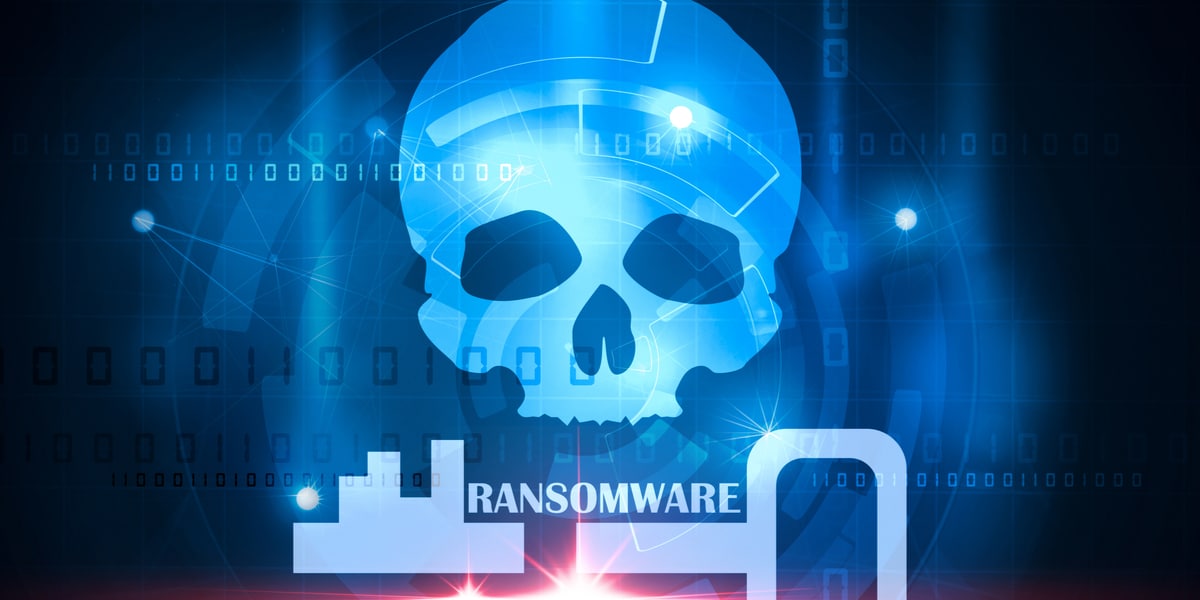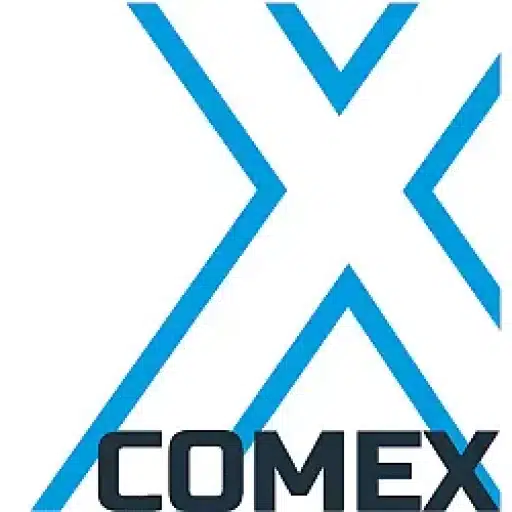+31 (0)43 30 88 400 | office@comex.eu

Ransomware hackers are getting smarter. What to do.
Ransomware hackers are getting smarter. What to do.
How safe is safe? The ExaGrid company must have been wondering the same thing recently. The storage hardware manufacturer previously won several awards because its storage is so good. And it ís good storage. Nevertheless, the company recently paid $2.6 million in ransom after its servers were hacked with ransomware. And that for a company that claims to sell ransomware-safe hardware.
Source code stolen!
Even worse, before installing the ransomware, the hackers stole the source code of the products as well as customer data. So the source code of ransomware-proof storage has fallen into the hands of malicious hackers. They will not hesitate to spread this information further, ransom paid or not. So: even a company like ExaGrid with good hardware and good protection, cannot prevent ransomware from encrypting data. In other words, you can’t actually rule out 100 percent that any company could fall victim to ransomware.
Not just ransomware
Also important is the realization that posting ransomware is only one part of the attack by a hacker. First, a hacker looks at what information is interesting and valuable to copy, then the backups are rendered unusable, and only then is the ransomware software activated. This is where security must be focused: the data must be stored so well that in the event of an attack, the data can be read back.
How it can be done
Fuji Film in Japan also suffered a hacker attack. Here the data were stored on the proprietary Fuji Film tapes and there was a backup on tape. Ransom paid: nil. Fuji Film simply recovered the data from its own tapes, which had been stored with an airgap. This is also how Silent Bricks work, and restoring the data is also a lot faster.
The benefits of Silent Bricks
A hacker attack cannot be prevented. However, you can try to minimize the damage and make the most of the opportunities to do so. Invest in proper storage and damage control measures.

